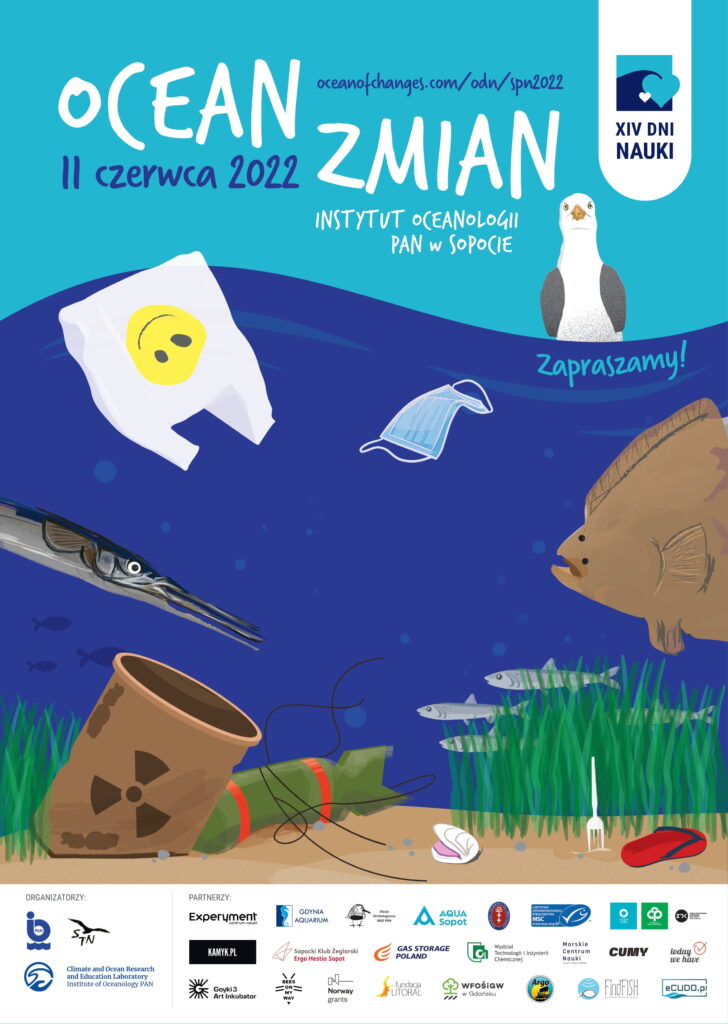
The Sopot Science Picnic is the finale of annual Open Science Days. It is an event addressed to all those interested in broadening their knowledge of the marine environment and the relationship between people and this environment.
The tradition of the Picnic dates back to 2003 and the beginnings of the Baltic Science Festival, and for 14 years the Sopot Picnic has been an independent event organized by the Institute of Oceanology of the Polish Academy of Sciences and the Sopot Scientific Society. Our goal is to provide all guests of the Picnic with a lot of fun while learning. Here you will meet specialists from various fields and anyone who is guided by curiosity and concern for the future of the world will be able to both broaden their knowledge and discuss their own ideas.
The 2022 year event was held on Saturday, June 11 at the IO PAN in Sopot at ul. Powstańców Warszawy 55, from 10 am to 4 pm. On the square in front of the Institute, we set up a dozen or so tents, in which various institutions presented their scientific activities and more. In addition, interesting lectures and film shows were held in the Institute’s seminar room. A lot of games, competitions and workshops were organised for the youngest.
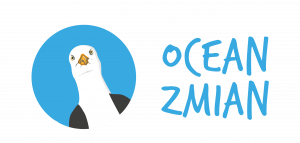
Link to the previous edition:
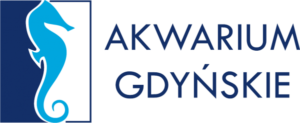
The NMFRI Gdynia Aquarium – will reveal to visitors the unusual ecosystem of the Baltic Sea and the roles played by its species, whose representatives will be viewed on a micro and macro scale. It will be an underwater journey, with seaweed reflecting in the surface of the water, fish developing speed in the depths and mollusks that misplace their houses at the bottom… In the scientific and research zone, full of plants and animals from our local sea, guests can find interesting facts, independent microscopic observations and family animations – joint solving of “Hydropuzzles”, participation in creative “Challenges”, as well as an ecological game devoted to the Bay of Puck – the first maritime area in Poland covered by legal protection. A strategy game stylized as the iconic “Monopoly” combines natural and cultural threads.
Come and experience this special day with the Aquarium’s team!
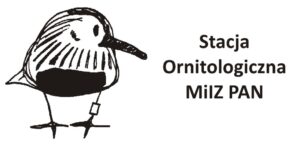
The Ornithological Station of Museum and Institute of Zoology PAS will present stuffed Baltic birds from its collection. In addition, ornithological rings, posters and examples of plastic waste as a serious anthropogenic threat to birds will be shown. Information materials and educational games are provided for those interested.
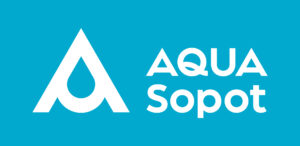
AQUA-Sopot, the municipal water supply company, will organize the stand providing information about drinking water abstraction and treatment process. Participants will be able to conduct simple experiments with the use of water. The special attraction of our event will be an old-fashioned water dispenser. We encourage guests to bring their own bottles for filling them with the water. On this hot day of June water curtain will help you to cool down.
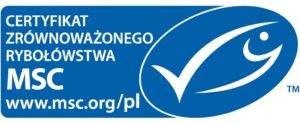
Overfishing is a serious global problem that threatens marine wildlife, livelihoods and seafood for future generations. At the MSC stand, visitors will learn what poses a threat to our oceans, what means that fisheries are sustainable, and how we can protect marine ecosystems.
The Marine Stewardship Council (MSC) is an international non-profit organisation which sets globally recognised, science-based standards for sustainable fishing and the seafood supply chain. Our vision is of the world’s oceans teeming with life, and seafood supplies safeguarded for this and future generations.
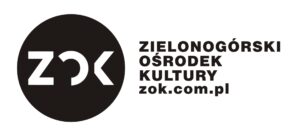 |
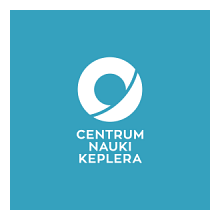 |
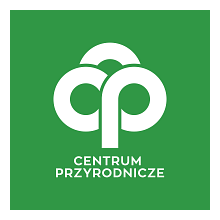 |
Foldscope is a paper microscope that folds like origami. This innovative reusable teaching and research device allows you to view objects on a micro scale.
How it’s working? Just look directly with your eye or view the image on your mobile phone. This is so simple. Take your cell phones, which will allow you to take photos and videos documenting your work – self-made preparations. Be there!
 |
 |
 |
Would you like to have your own “golden” fish that will fulfil your wishes? It is really possible. You can make your fish at this stand. You can entrust her with all your secrets, give her a name and even tell a bedtime story ☺.
You are probably curious what fish we have chosen. It is the Baltic cod. Surprised? You ask why? Cod was the king of the Baltic Sea and today its population is drastically declining. The main cause is global warming and overfishing of this species. Cod prefers cold, well-oxygenated and salty waters. Meanwhile, the Baltic Sea is a specific sea – shallow, quickly warming up, not salty, with oxygen-free zones. The chances of reversing the unfavourable trend are slim. If you have a few wishes and want to make your own “golden” fish, and thus emphasize the importance of cod protection – we invite you to hand made workshops. Be there with us!

Pathogenic bacteria and parasites do not come from nowhere in the water. Unfortunately, it is us who contribute to the introduction of these microorganisms into the aquatic environment through pollution with sewage and plastic waste.
The Student Research Group of Environmental Microbiology, together with the employees of the Department of Immunobiology and Environmental Microbiology, will try to show you the world of microbes and parasites present in water. You will have the opportunity to see bacterial cultures in liquid and solid media, obtained from samples from puddles, lakes, streams and sea baths. For this purpose, a map of the Tri-City with marked sampling points available during the presentation will be available at the stand. Each of the interested parties will also have the opportunity to look at the bacteria up close, using a microscope, and make their own microbial fingerprint.

A group of paramedics will not just secure our guests, but they will show, teach you rescue techniques and they will tell you a lot!

Deep sea is the largest sphere of life on Earth, and at the same time one of the richest and least known ecosystems. Feel like an explorer and meet the most extraordinary creatures living in the deepest layer: octopuses with big ears, semi-transparent jellyfishes and plankton, grotesquely toothed fishes with glowing appendages.
Vast collection of three-dimensional, realistic models in real size of sea creatures, and scaled planktonic organisms, has been made under the kamyk.pl brand.
Discover the species and their adaptations to living in an abyss of a deep sea. Meet with the creators of the models and get to know the workshop, techniques and secrets of their production.
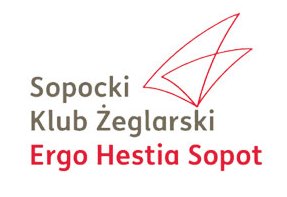
One of the boats of the Sopot Sailing Club will stand on the picnic site. You will be able to familiarize yourself with its construction and operation, and after enjoying the picnic attractions, the youngest will be able to try their hand at training on such a boat at the SKŻ marina at 3 Hestii Street in Sopot and watch the regatta for the Mayor of Sopot Cup.
 |
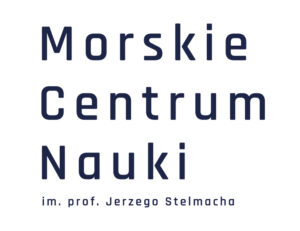 |
Have you ever heard about microplastic, electricity from algae and how carbon dioxide can dissolve in oceans? The answear is here!
At the stand of the Faculty of Chemical Technology and Engineering of the West Pomeranian University of Technology in Szczecin and the Maritime Science Center in Szczecin, the team of science communicators will discover with you the secrets of physico-chemical reactions and phenomena occurring in seas and oceans. #nosinasnauka
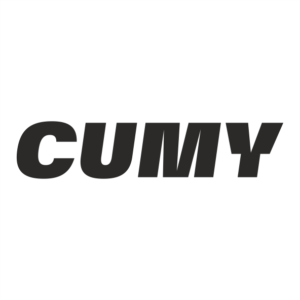

Probably you already heard that plastic pollutes the environment, or that microplastic is everywhere (recently even found in human blood). But have you ever heard of MESOplastik?
During our workshops, we are going to show you not only what mesoplastic is, but also how and where you can find it, helping scientists and naturalists. You will have the opportunitty to observe mesoplastic under a microscope, practice sand sample analysis in a giant sandbox and analyze the findings with us. You will also learn what citizen science is and how to join interesting projects.
We also invite you to the IO PAN lecture hall, where you will be able to watch our short film productions – open to all visitors. Regardless of your age and previous knowledge – you will get a lot of valuable information and have great fun with these attractive educational materials!
Our specialists will answer these and all other questions. You will learn, among other things, why cavern storage is the safest and most innovative way of storing gas. We will show you a cross-section of the cavern in 3D and tell you what else you can store in it.
We cordially invite you to visit the stand of GAS STORAGE POLAND sp. z o.o.
 |
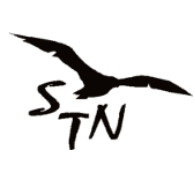 |
Sustainable choices for a healthy ocean. Everything we do every day affects the health of the seas and oceans. Shopping, cleaning, washing and cooking are only part of the water consumption in our household, which later ends up in the ocean. It is worth considering what each of us can do to protect, or at least not harm, marine ecosystems. We will show you how to consciously shop, clean and save water, all in the form of IV paths:
ECO wardrobe – How to create an ocean-friendly wardrobe and take care of clothes?
ECO habits in the kitchen – How to consciously choose food products that are healthy for the ocean?
ECO habits in the bathroom – How to make our bathroom become ocean-friendly?
ECO gifts, souvenirs – How to make souvenirs and gifts that are ocean-friendly?
 |
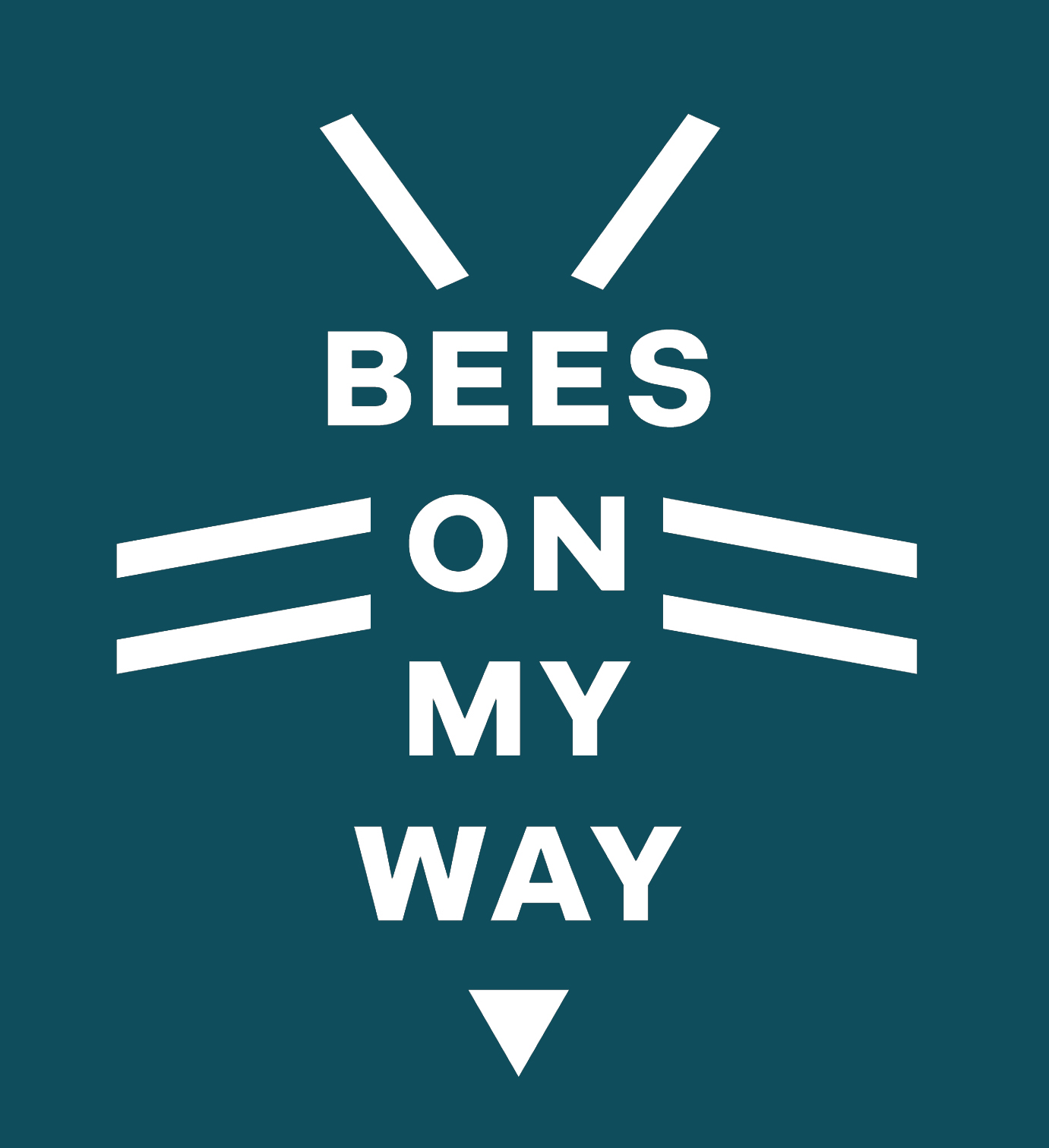 |
A local cultural institution Goyki 3 ART Inkubator invited Kamila Chomicz, an ecological activist and educator. During the workshops conducted by Kamila, you will learn many interesting things about wild bees. You will be able to make a hotel for
bees yourself. It will also be possible to help these hardworking insects through making flower balls so that they grow into flowers with tasty pollen and nectar. Kamila will also take those willing for a walk to a nearby park at Goyki street.

The Baltic Sea is the youngest sea in the world, being only less than 14,000 years old, it hides secrets from the times dating back to the period of formation of the European continent. How to go back in time? All you need is a walk on the Baltic beach and carefully looking at what is under your feet, because it is between the grains of sand that there is a portal for time travel. Are you going on the road with us?
The Baltic Time Travel Agency offers short trips into the past – just 3-4 thousand years back to check how far the Baltic waves reached and who cut down the “Sunken Forest”. Slightly longer journeys around Scandinavia, to trace exactly what the ice sheet packed into a suitcase – after all, it is known that during his wanderings he left unusual souvenirs everywhere he appeared. Pebbles like photos from a family album will tell about events from the past. What else?
Sentimental journey – we will remember the warm times of the cold sea and the turbulent youth and the search for identity during the adolescence of the Baltic Sea.
Ready for adventure?
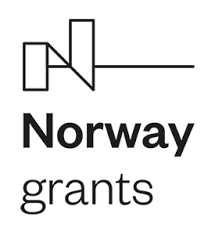 |
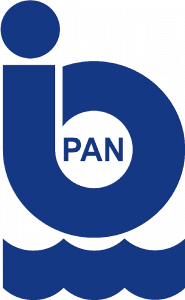 |
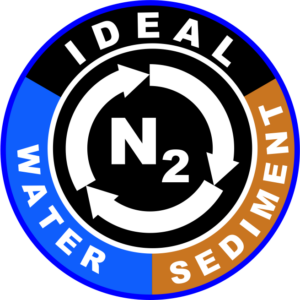 |
We invite the youngest participants of the Picnic to take part in exciting scientific experiments.
With the help of colors, we will check whether the transparent liquid is an acid or a base and what lies hidden in it. We will use various methods to check how salty seawater can be. You will get to know the microorganisms that live in the Baltic Sea and have the opportunity to take them home!
Join us to play with chilling dry ice!
We will introduce you to our ongoing research projects:
BaltiMTox investigates the effect of mixtures of micropollutants present in the marine environment on Baltic Sea microorganisms
ARCTIC SGD focuses on the study of the submarine groundwater inflow (SGD) around Svalbard and northern Norway,
IDEAL investigates the seasonal variability of denitrification and anammox in the seawater column and sediments from the Baltic Sea.

The environment in which fish inhabit, can be a source of stress for them (extreme temperatures, salinity variation, pollution). Fish skin is not only a barrier, that isolates the body from the external environment, but can also actively responds to adverse factors by producing compounds mitigating negative effects. In response to stress, the color of the fish skin can change which results from the dispersion or concentration of pigment in the melanophores. Color changes can be an easy to observe stress indicator useful in assessing the condition and “well-being” of the fish.
At the educational booth, young researchers will have the opportunity to:
look at the appearance of melanophores in the skin of “relaxed” and stressed fish under the microscope,
as well as admire other histological preparations,
perform simple histological preparations ,
exercise your mind and solve “fish” puzzles, crosswords and riddles
and the youngest will be able to go crazy coloring and painting with gel paints

One of the most important tools for the study of the marine environment (but not only) are numerical mathematical and physical models. Providing a set of parameters describing the state of the studied body of water the models can solve the complex physical oceanographic problems. This tool allows for making hindcast scenarios, current and prognostic analyzes. As the only one, it provides the information for the entire three-dimensional medium, i.e. it allows for the analysis of temperature, salinity, current distribution from the sea surface up to the bottom, at any point in the modeled domain and at any time. Our group deals with the construction, development and use of this state-of-the-art models. As a part of the presentation, various model solutions developed at the Institute will be presented with examples of the results, which will be delivered in the form of animations. The results will be developed based on an operational system that consists of circulation and ice components for the area covering the entire Baltic Sea. It is planned to present emerging ice, the upwelling process, and an example of large inflow into the Baltic Sea.
 |
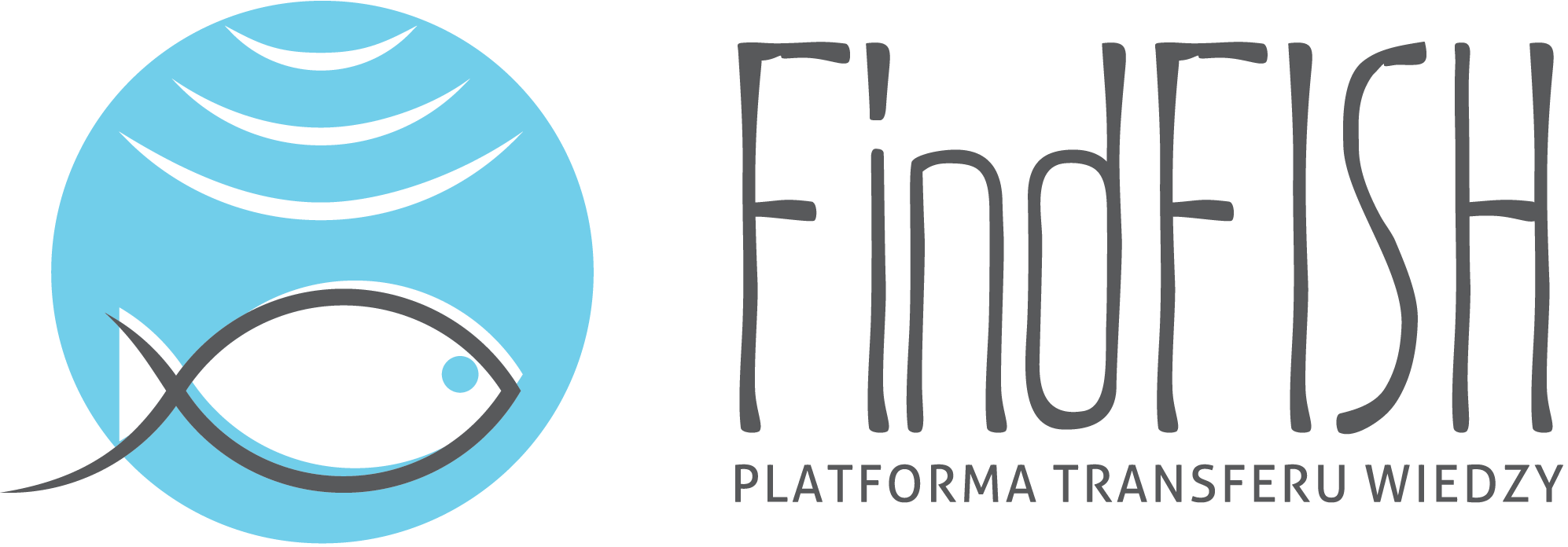 |
Methods of mathematical modeling are used to create forecasts and describe the most complex processes that take place in the marine environment.
In computer models, the Baltic Sea is divided into small “bricks”. Their size (resolution) depends on the issue we want to investigate. Each of these bricks is assigned to a specific set of numbers that represent various physical parameters (such as water temperature, salinity, and sea currents) and chemical parameters (such as pollution, saturation, or phytoplankton blooms). It is our job to put these processes into mathematical equations.
Our laboratory has developed three models:
The results from these models can be viewed on the provided websites. We invite you to our stand, where we will be happy to share some programistic “behind the scene” knowledge about the models and teach you how to use the tools we have created.
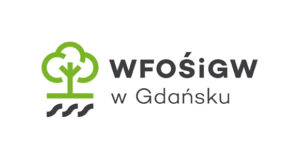 |
 |
 |
Do you know that long-unseen green meadows of seagrass have returned to our waters? Have you observed unprecedented clams that inhabit our sea? Do you know how salinity and temperature affect the size of sea creatures? Do you know how many organisms live in a glass of seawater? Do you know what organisms live in the spaces between the grains of sand and what role they play in the ecosystem? Have you ever found caps, straws, and other rubbish among shells and amber on the beach? What impact will these changes have on the fauna and flora of the Baltic Sea, and what do they mean for people? At our stand, you will have the opportunity to learn how the beach works.
We will filter the seawater suspension and discuss its importance in the ecosystem with you. We will also discuss how changes taking place in the oceans affect the Baltic Sea ecosystems. During a short presentation, we will introduce the importance and role of body size in the animal world and explain how it is influenced by the specific environmental conditions of the Baltic Sea. We will present what lives in the seawater and what cannot be seen with the naked eye for those who are sensation-seeking for exciting views and knowledge.
 |
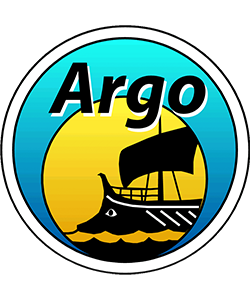 |
The rapidly changing climate is one of the most frequently discussed topics in public space. Its changes are influenced by several factors, one of the most important is the ocean. Therefore, regular, coordinated observations of the ocean depths are essential. Due to the problems resulting from measurements over such a large area, the ARGO autonomous floats system is used. The use of multiple floats covering an entire ocean required the coordinated action of many countries. Poland, as one of the founders, joined the European research infrastructure Euro-Argo ERIC in 2014. To the network of 4,000 active floats we have added floats working in the Arctic and Baltic Sea. We invite you to the stand, where we will show the ARGO floats We will explain the principles of their operation and present the results against the background of the statutory research of IO PAN.
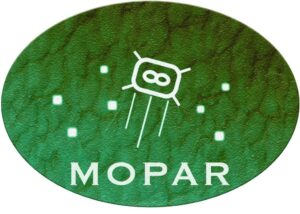 |
 |
 |
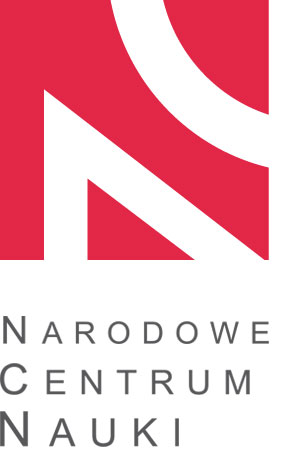 |
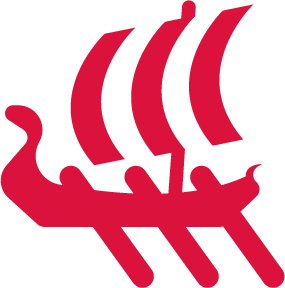 |
We will show how the ocean productive zones, so-called “ocean fronts” are formed. Visitors will have an opportunity to see the phytoplankton bloom from the sky, experience the role of the satellite flying above the ocean, and compare self-made satellite images to the real ones.
This topic will be presented by MOPAR (Monitoring and parameterization of phytoplankton dynamics in the Greenland Sea) project team.
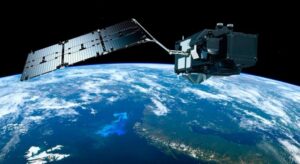
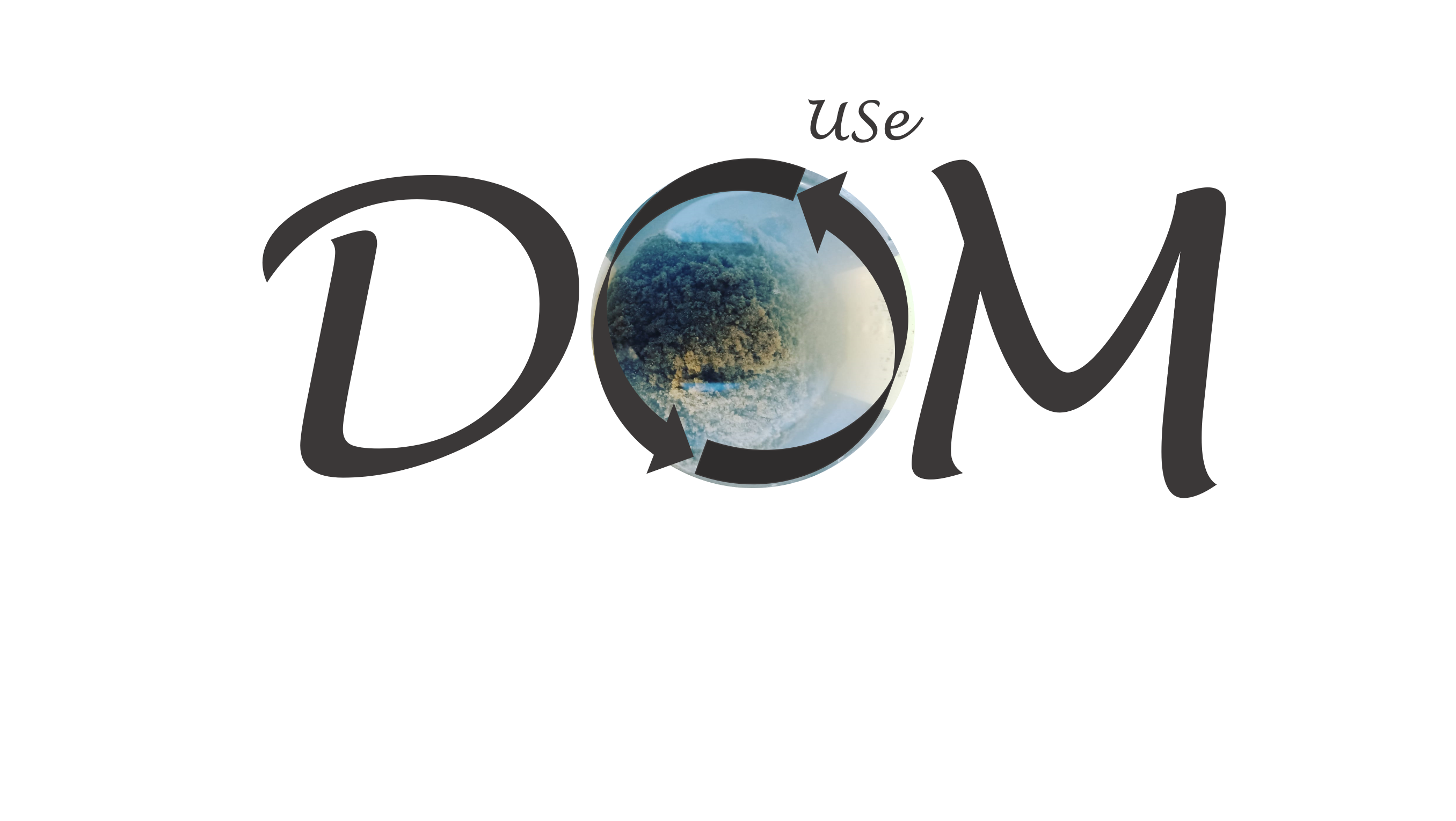 |
 |
 |
 |
 |
Sediments are usually rich in dissolved organic matter (and other dissolved matter) compared to the bottom water. The concentration difference causes the solutes to migrate from the sediments into the water column. The speed of this flow is called flux. At our stand, we would like to visually show what diffusion sludge streams look like.
This topic is part of the work of the projects DOMUSE (Microbial utilization and transformation of dissolved organic matter in bottom waters in the depths of the Baltic Sea) and DiSeDOM (Estimation of the diffusion coefficient of dissolved matter from sediments to the bottom water through the interdependence of its optical and chromatographic characteristics with the concentration of dissolved iron in the depths of the Sea of the Baltic).